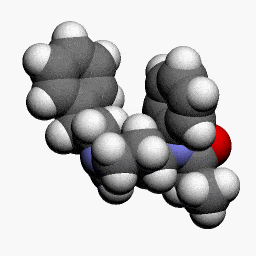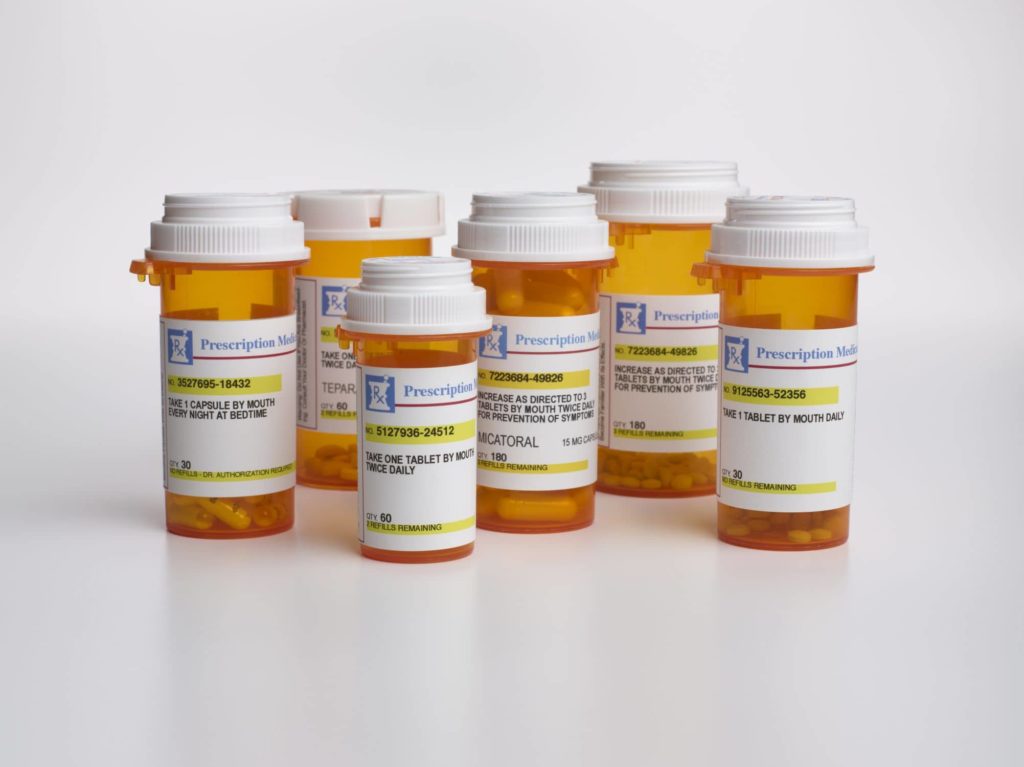Opioid analgesic medication is prescribed for the relief of extreme or chronic pain in patients where alternative pain management methods are more appropriate or can be a better option (1). What, exactly, this term appropriate actually encompasses is a recent controversy. This may be linked to the downsides of using opioids analgesics. Opioid refers to any number of alkaloid chemicals that include morphine, which is a derivative of; codeine, a hydrocodone class drug; and oxycodone, an opioid agonist (2)(3). These three opioids constitute what is known as the opiate family, which includes heroin and methadone.

Opioid analgesics can be used to treat a wide range of illnesses and conditions, including, but not limited to, arthritis, cancer, dental pain, depression, asthma, childbirth pain, pain caused by muscle spasms, seizures, hypertension, hypoglycemia, migraine, orthopedic pain, paresthesia (pins and needles) caused by rigor block, peripheral neuropathy, conditions from the use of recreational drugs, traffic accidents, and ulcers. Because these drugs work by interacting with certain receptors on the target organ, there are many potential contraindications. In spite of this, opioids remain the most commonly prescribed drug class, receiving the maximum amount of funding each year from the US National Institutes of Health (NIH). As a result, they receive tremendous publicity and continue to rank among the top medications in terms of prescription volume. This article briefly discusses the common contraindications associated with the use of this drug class.
The fact that opioid analgesics are highly addictive
Opioid analgesics are sometimes used to treat acute pain, either to relieve it rapidly or to control a severe pain episode (4). In rare cases, narcotic analgesics can cause withdrawal in certain patients, primarily those who have tolerance for them or who have learned to cope by taking higher doses to achieve the same effect. As a result, misuse of opioids can lead to addiction, which can develop into an opioid overdose if left untreated. Because opioids can also be abused, they should be considered carefully before prescribing them (5).
Opioid analgesics can be very addictive; thus, they carry a significant risk of withdrawal, including severe depression, anxiety, vomiting, diarrhea, tremors, panic attacks, fever, and in some cases, coma. As with any medication, using opioids for long periods of time can cause a tolerance towards their effects, which increases the risk of overdose and ultimately, death. Long-term use of either hydrocodone or oxycodone is associated with an increased risk of substance abuse and addiction. As with the use of any prescription medication, opioids carry significant risks of overdose and dependence.
Birth defects particularly with pregnant women
The effects of opioids are not confined to their effects on the respiratory system. In fact, they can cause death when not used properly. Opioid analgesics are often prescribed for the treatment of severe pain after surgery, chemotherapy, or severe illness. Unfortunately, they have been shown in some studies to be linked to birth defects, particularly in pregnant women. This link has not been proven clinically but is an inherent concern given the potential for these pills to cause uterine contractions, induce miscarriage, or birth defects.

Codeine and heroin are two other opioids often seen as being potentially addictive or highly addictive. In addition to being introduced through injection, codeine and heroin are frequently sold on the street as well. As with other opioids, these drugs should be avoided during pregnancy or if you are experiencing a risk of substance abuse. It is not known whether codeine and heroin act similarly, but it is suspected that they may increase the vulnerability of newborns to the actions of heroin or morphine. Because they both have opioid receptors in the brain, it is not clear how they affect the brain’s excitability; however, it is generally recommended that pregnant women and people who suffer from a brain disorder, such as dementia, do not use either agent.
It is important to note that misuse of either codeine or heroin can lead to an opioid septal defect, which can cause death in newborns. An opioid septal defect (ventricular septal defect) is a hole in the wall of the heart (Septum) created by the mother’s exposure to certain drugs (6)(7)(8). This condition has been associated with the development of heroin addiction and chronic use. Oxycodone and hydrocodone are conventionally used as analgesics, but misuse of either drug has resulted in septal defects. Mentioned below are some key risks for using either oxycodone or hydrocodone to treat your baby.
To determine the best course of treatment for your baby, your medical team should consider the possible effects of the ingredients contained within the products you’re considering and work with you to create a plan that will meet the unique needs of your child.
Opioid analgesics have proven effective in the relief of painful or acute pain in healthy adults and patients with chronic conditions such as cancer and epilepsy. They are available in several types that include opioid receptor agonists (e.g., Codeine), nonopioid analgesics (e.g., Motrin, Aleve), tricyclic antidepressants (tricyclic antidepressants, Oxcarbazepine, Norpramin), and non-steroidal anti-inflammatory drugs (NSAIDs).
- All you need to know about Hallucinogen Persisting Perception Disorder (HPPD)
- Ibogaine: Exploring the Potential and Perils of a Psychedelic Therapy
- Behavioral Therapy: All You Need To Know About Behavioral Therapy
- Substance Use Disorders: Understanding the Science, Risks, and Recovery
- Cognitive Behavioral Therapy (CBT): Unveiling the Depths of a Transformative Approach

Recent Comments